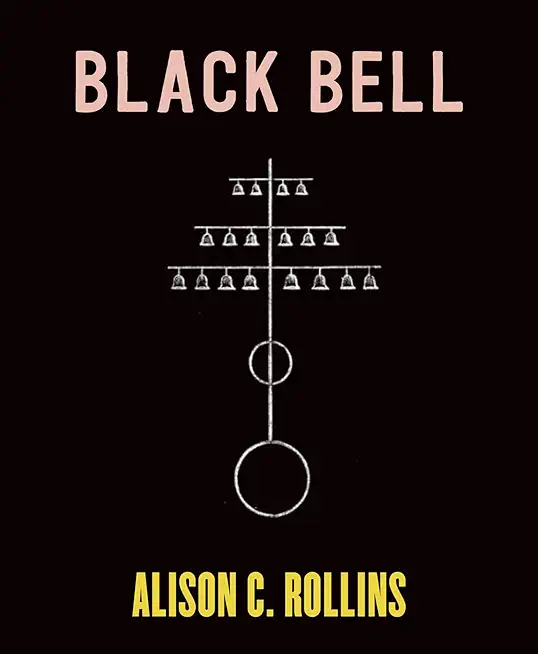
Inspired by the nineteenth century image of an enslaved woman wearing iron horns and bells, Alison C. Rollins's Black Bell continues an exploration of cataloging individual experience and collective memory. As Rollins sets out to resuscitate and embody the archive, we see a chorus of historical figures like Eliza Harris, Henry "Box" Brown, and Lear Green; readers can listen in as Phillis Wheatley takes a Turing test or venture through Dante's Inferno remixed with Wu-Tang Clan's 36 Chambers. Poems travel across time and space, between the eighteenth century and futuristic fabulations, vibrating with fugitive frequencies, sounds of survival, and nerve-wracking notes tuned toward love and liberation. Black Bell navigates what it means to be both invisible and spectacle, hidden and on display, allowing lyric language to become the material for fashioning wearable sculptures akin to Nick Cave's "soundsuits." Integrating performance art practices, metalwork, and sonic, Black Bell becomes multimedia meditation on freedom seeking, furthering the possibilities of both the page and the canvas of the poet's body.







